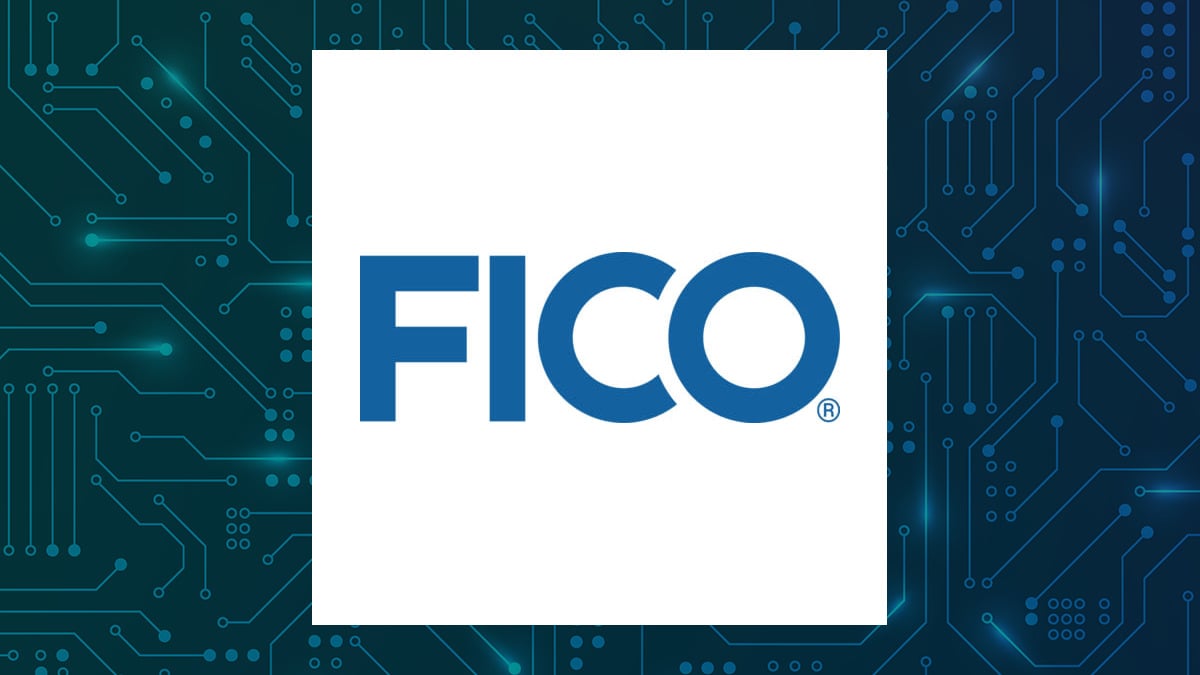 The company’s revenue growth has been driven by an increase in business-to-business scores and higher unit prices in the software segment. Operating expenses have evolved, with direct materials costs increasing. Management focuses on increasing business-to-business scores revenue and analyzing revenue growth in different segments. Market risks related to interest rates and foreign exchange rates are being monitored. Key performance indicators are the Scores and Software segments, with a positive ROI exceeding the cost of capital. The company’s forward-looking guidance aligns with its strategic priorities, considering potential risks and focusing on product performance and market reach for long-term growth.
The company’s revenue growth has been driven by an increase in business-to-business scores and higher unit prices in the software segment. Operating expenses have evolved, with direct materials costs increasing. Management focuses on increasing business-to-business scores revenue and analyzing revenue growth in different segments. Market risks related to interest rates and foreign exchange rates are being monitored. Key performance indicators are the Scores and Software segments, with a positive ROI exceeding the cost of capital. The company’s forward-looking guidance aligns with its strategic priorities, considering potential risks and focusing on product performance and market reach for long-term growth.
Executive Summary
Financials
Revenue growth over the past three years has been driven by an increase in business-to-business scores revenue and higher unit prices in the software segment. Emphasis on software over professional services has also contributed to the trend. Operating expenses have evolved with direct materials costs increasing due to higher telecommunications expenses. Research and development expenses increased slightly but decreased as a percentage of revenues. Selling, general, and administrative expenses include various costs. Overall, cost structures have remained relatively consistent. The company’s net income margin for the quarter ended March 31, 2024, improved compared to the same period in 2023. It is unknown how it compares to industry peers.
Management Discussion and Analysis
Management has focused on increasing business-to-business scores revenue by raising unit prices and streamlining operations. However, a decrease in business-to-consumer revenue due to lower direct sales from the website has offset some of the gains. The success of these initiatives is mixed. Management assesses the company’s competitive position by analyzing revenue growth in different segments. They highlight trends like higher unit prices in business-to-business scores and decreased direct sales from myFICO .com. This shows a focus on adapting to changing market demands and staying ahead of industry disruptions. Management identified market risks related to interest rates and foreign exchange rates. Mitigation strategies include maintaining an investment portfolio with daily liquidity and monitoring market interest rates. There is no expectation of significant impact on operating results from sudden rate changes.
Key Performance Indicators (KPIs)
Risk Assessment
The top external factors that pose risks to the company’s operations and financial performance include market risks related to changes in interest rates and foreign exchange rates. FICO does not use derivative financial instruments for speculative or trading purposes. FICO does not disclose specific details about how they assess and manage cybersecurity risks in the provided context information. Yes, the company is in disputes with customers and former employees, and has other legal claims. They record litigation accruals for probable and estimable matters, and for those with a reasonable possibility of loss, they determined no material exposure.
Corporate Governance and Sustainability
The composition of the board of directors is not mentioned in the context information provided. No notable changes in leadership or independence are mentioned either. FICO does not mention its approach to diversity and inclusion in governance or workforce. There is no explicit commitment to board diversity stated in the provided information. FICO is evaluating the impact of climate-related disclosures required by the SEC. It demonstrates commitment to responsible business practices through transparency on market risks, such as interest rates and foreign exchange, but does not use derivative instruments for speculative purposes.
Forward Guidance
The company’s forward-looking guidance aligns with its strategic initiatives and priorities by considering factors that may impact its financial performance. This helps stakeholders understand potential risks and make informed decisions based on the disclosed information. FICO considers economic conditions and international customer relationships in its forward-looking guidance. It plans to capitalize on these trends by focusing on products/services’ performance, sales potential, and expanding market reach. There are no investments or strategic shifts indicated in the forward-looking guidance that demonstrate the company’s commitment to long-term growth and competitiveness.
For more information:
This article was created using artificial intelligence technology from Klickanalytics.
